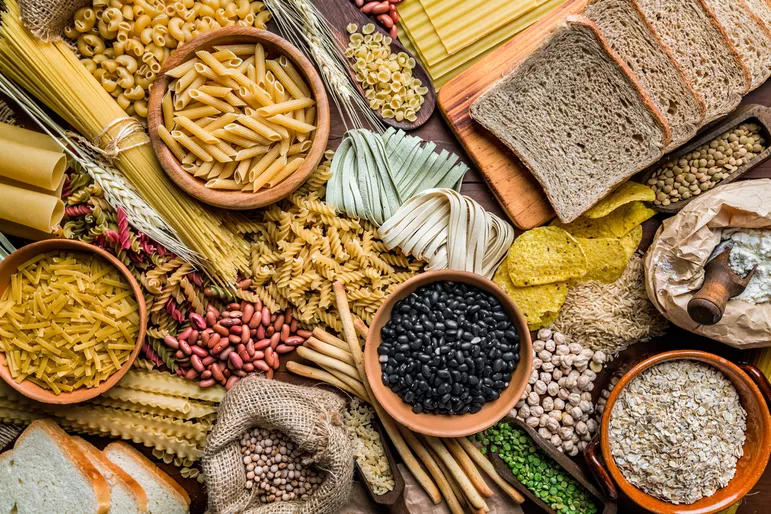11 Whole Grains That Naturally Support Weight Management and Fullness
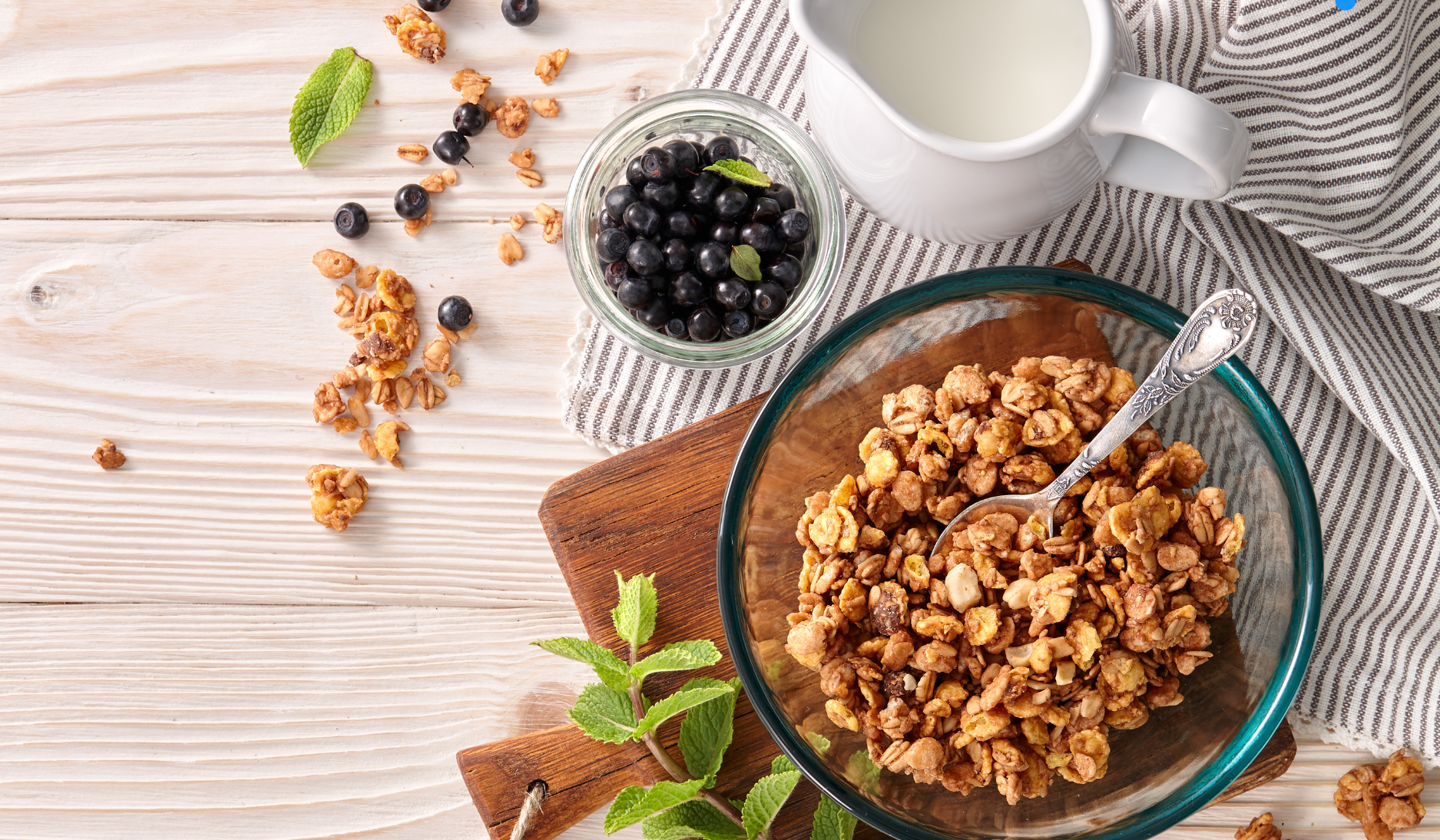
Whole grains are nutritional powerhouses that retain all three components of the grain kernel—the bran, germ, and endosperm. This is in contrast to refined grains, which have the bran and germ removed during processing, resulting in a significant loss of fiber, protein, and essential nutrients.
Because of their high fiber and protein content, whole grains digest more slowly, keep you fuller for longer, and may help reduce overall calorie consumption—making them an excellent component of a balanced, weight-loss-friendly diet.
Let’s explore 12 of the most effective whole grains that can play a valuable role in your journey toward healthier eating and weight control.
1. Steel-Cut Oats
Steel-cut oats are minimally processed and denser than rolled oats. They offer more fiber and protein, helping promote satiety and regulate appetite. A quarter-cup serving delivers approximately 4 grams of fiber and 5 grams of protein—almost double the content in an equivalent portion of rolled oats.
Scientific studies have associated oat consumption with weight loss, better blood sugar control, and lower cholesterol and blood pressure levels, making it a powerful addition to your daily breakfast routine.

2. Buckwheat
Though not technically a grain, buckwheat is a seed consumed similarly to whole grains. It's naturally gluten-free and packed with 5.68 grams of protein and 4.54 grams of fiber per cooked cup.
In addition to its protein and fiber, buckwheat is loaded with anti-inflammatory antioxidants like flavonoids and rich in magnesium, potassium, and other vital nutrients. This makes buckwheat a superior, satisfying alternative to refined grains like white rice.

3. Quinoa

Quinoa is a pseudocereal known for being one of the few plant-based sources that offers all nine essential amino acids. One cup of cooked quinoa supplies around 8 grams of protein and 5.18 grams of fiber, making it both hearty and health-promoting.
Its nutritional profile supports appetite regulation, which is key for weight management. Quinoa is also gluten-free and high in magnesium, folate, iron, and zinc, making it a highly nutritious staple for diverse diets.
4. Brown Rice

Unlike white rice, brown rice keeps its nutrient-rich bran layer intact. It contains twice as much fiber and around 28% more protein than white rice, contributing to improved satiety.
Multiple reviews have concluded that brown rice consumption is linked to reduced body weight, BMI, and waist circumference compared to white rice. Its subtle flavor and chewy texture make it easy to integrate into meals.
5. Amaranth

Another ancient grain (technically a pseudocereal), amaranth offers an impressive 9.35 grams of protein per cup. This makes it a great choice for those seeking to manage weight through higher protein intake.
Beyond satiety, studies show that amaranth may help lower cholesterol and blood sugar levels, contributing to heart health and better metabolic control. It’s also a great source of magnesium and iron, helping fuel your body with essential nutrients.
6. Sorghum
Naturally gluten-free, sorghum is rich in fiber, antioxidants, and B vitamins. A quarter-cup of dry sorghum contains around 9 grams of fiber, supporting digestive health and promoting a diverse gut microbiome.
Following a high-fiber diet has been strongly linked to reduced body fat and better weight maintenance. In fact, one study cited fiber intake as a more significant predictor of body weight than calorie consumption itself.
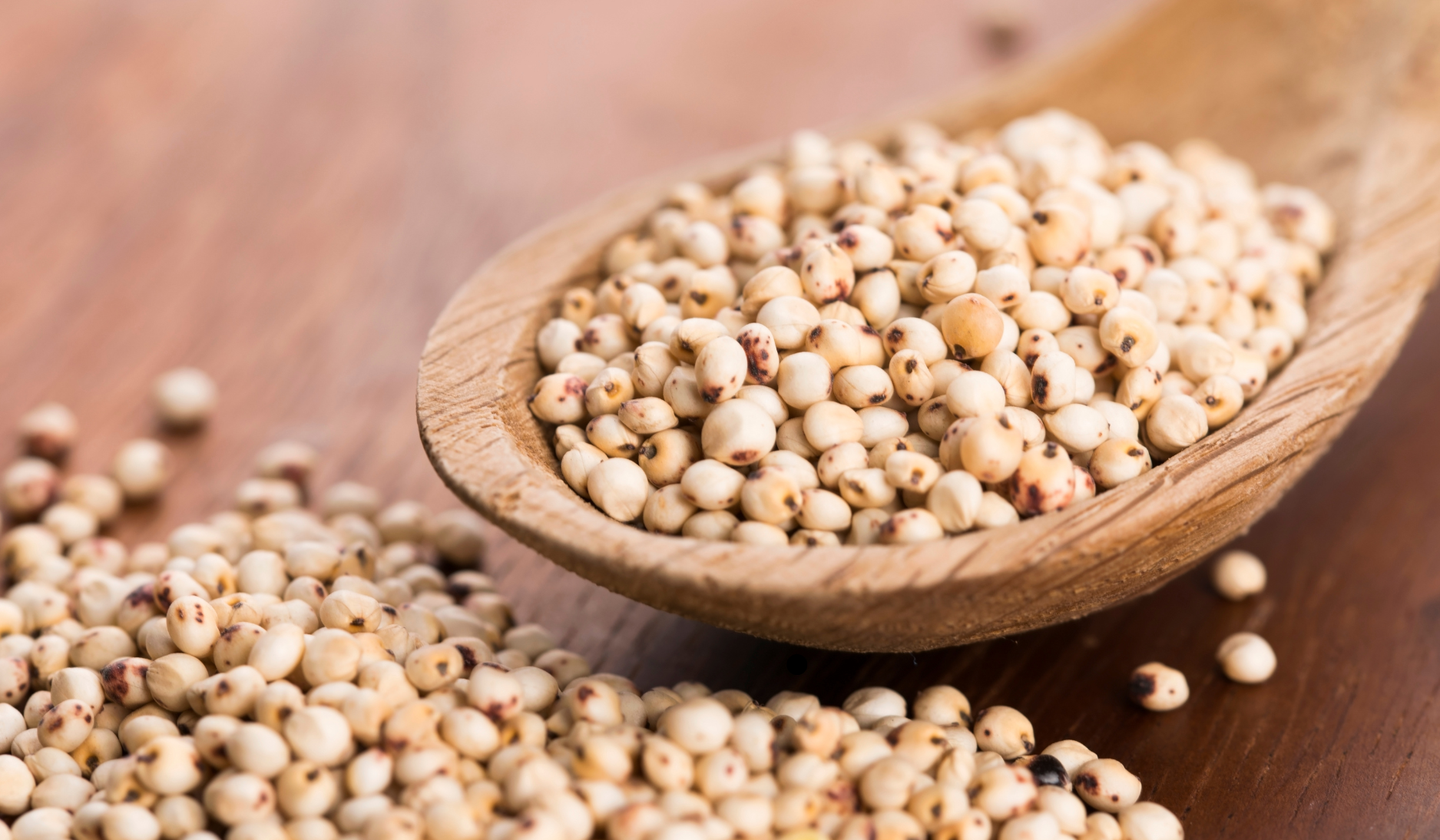
7. Teff
.png)
Teff may be small in size, but it's mighty in nutrition. With 9.75 grams of protein and 7 grams of fiber per cooked cup, teff can help stabilize blood sugar and prolong fullness.
It also has a low glycemic index (around 36.7), meaning it causes a slower rise in blood sugar compared to more refined carbohydrate sources. This makes teff a useful option for those managing prediabetes or diabetes, although individual blood sugar responses vary.
8. Freekeh
.png)
Made from roasted green wheat, freekeh is high in both protein (5 grams) and fiber (4.48 grams) per quarter-cup serving. It is also loaded with flavonoids and phenolic compounds, which provide antioxidant and anti-inflammatory effects.
In fact, freekeh contains nearly twice the antioxidant content of traditional wheat. Its robust nutrient profile, which includes magnesium, zinc, phosphorus, and manganese, supports overall wellness. However, as it contains gluten, it's not suitable for gluten-free diets.
9. Farro
.png)
An ancient grain with a chewy texture and nutty flavor, farro delivers 5 grams of protein and 4 grams of fiber per cooked cup. It’s also high in iron and potassium, making it a nutritious base for soups, salads, or warm grain bowls.
Farro contains gluten, so those with celiac disease or non-celiac gluten sensitivity should opt for other options.
10. Barley
Another hearty grain, barley is rich in soluble fiber and offers 6 grams of fiber per cup when cooked. It's beneficial for gut health, heart health, and maintaining a healthy weight.
Barley is also packed with essential nutrients like selenium, iron, and B vitamins, although it contains gluten and is not suitable for gluten-free diets.
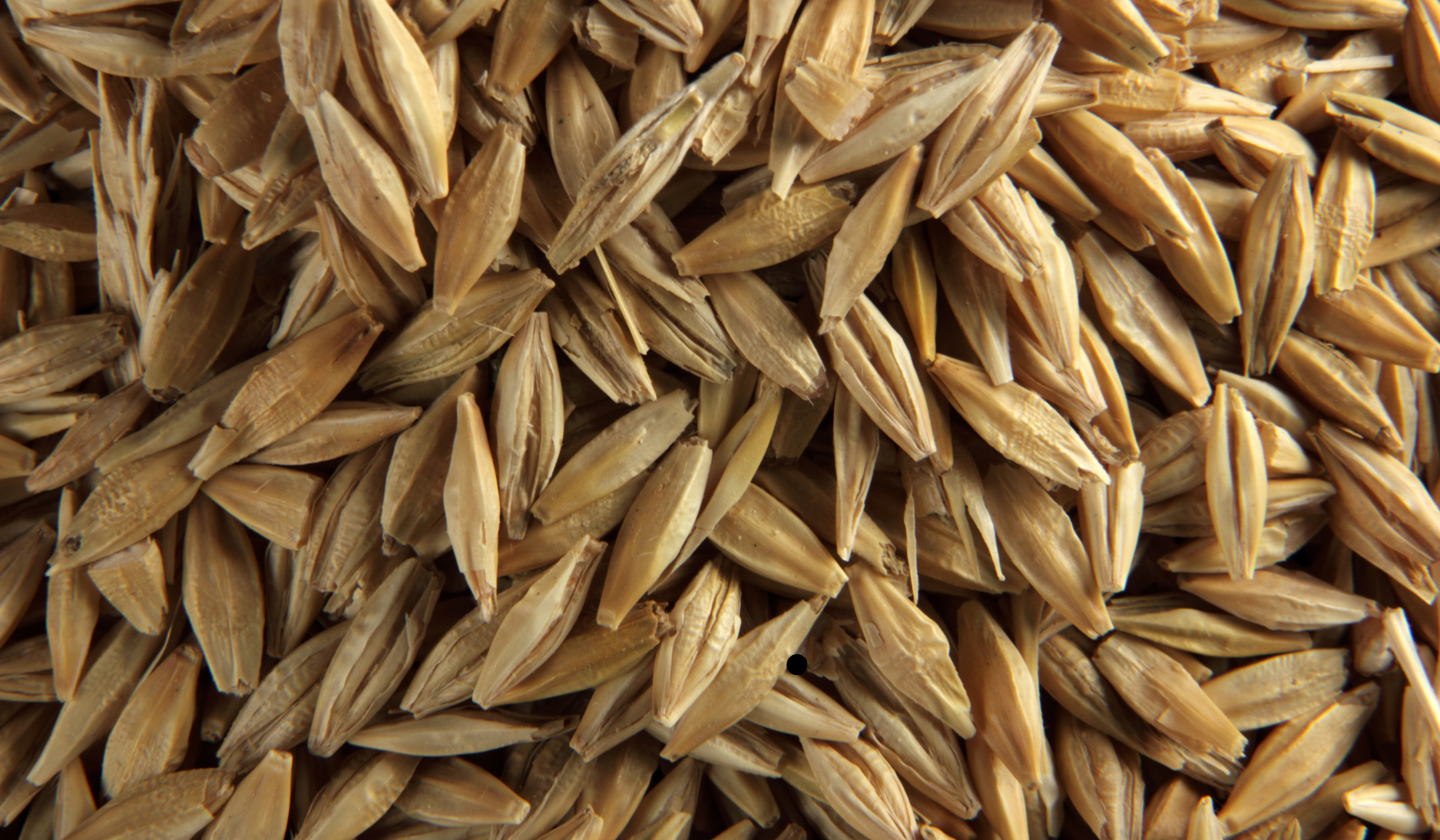
11. Bulgur
.png)
Bulgur, made from cracked wheat, is fast-cooking and easy to use in a variety of dishes. A single cup delivers a hefty 8.19 grams of fiber and 5.61 grams of protein, helping keep you full and satisfied.
With a chewy bite and neutral taste, bulgur makes a great base for salads and pilafs. It is, however, a wheat product and should be avoided by anyone on a gluten-free diet.
How to Incorporate Whole Grains into a Weight-Loss Plan
To maximize the weight loss benefits of whole grains, try these simple strategies:
-
Swap white rice and white bread with whole grains like quinoa, brown rice, or bulgur.
-
Add whole grains to soups, stews, and salads for a fiber boost.
-
Use steel-cut oats instead of sugary breakfast cereals.
-
Experiment with grains you haven't tried before, such as teff, sorghum, or freekeh.
-
Pair whole grains with lean proteins and healthy fats for more balanced meals.
If you're new to whole grains, try incorporating them gradually to allow your digestive system to adjust while discovering which ones suit your taste preferences.
In Summary
Whole grains like quinoa, oats, teff, buckwheat, and bulgur not only provide a variety of vitamins and minerals, but also offer fiber and protein that help regulate appetite and support long-term weight control.
By choosing whole over refined grains, you fuel your body more efficiently, improve digestive health, and increase your chances of achieving your weight goals—naturally and sustainably.









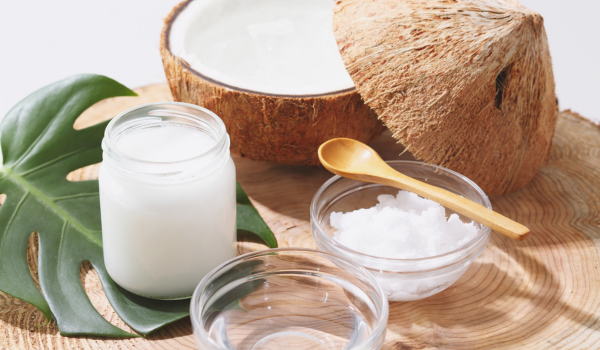
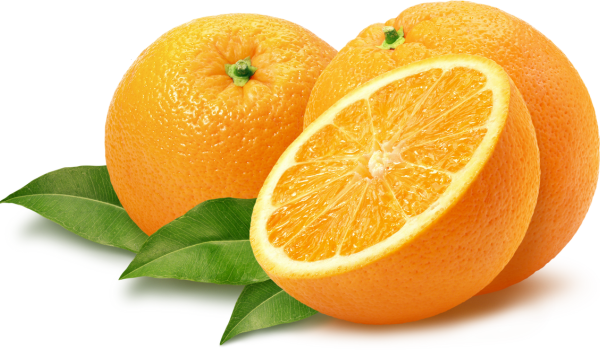


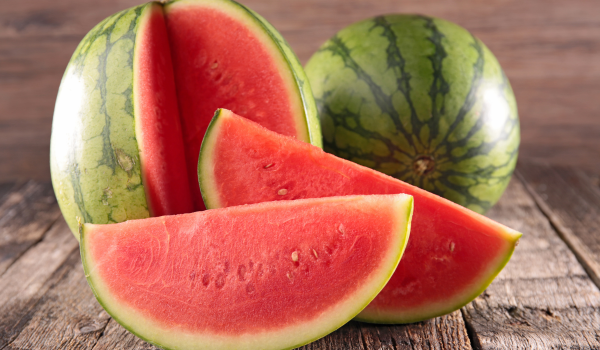





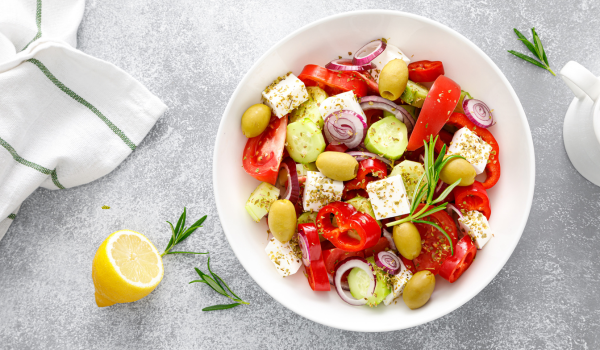



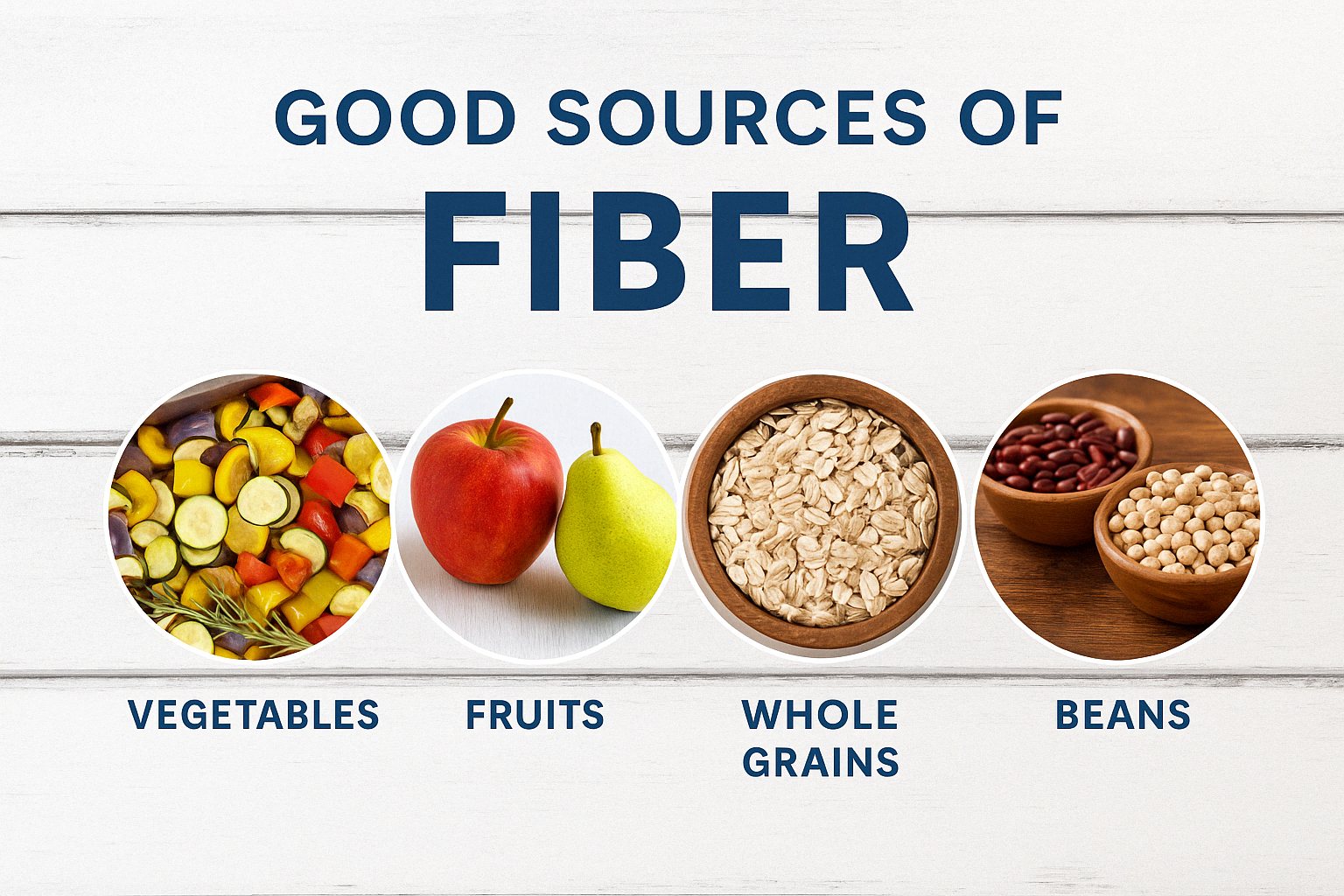


.webp)
.webp)
.webp)


